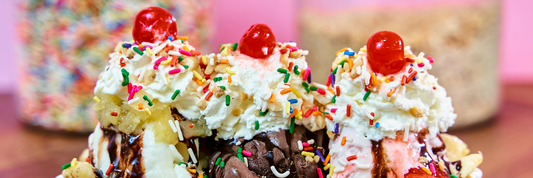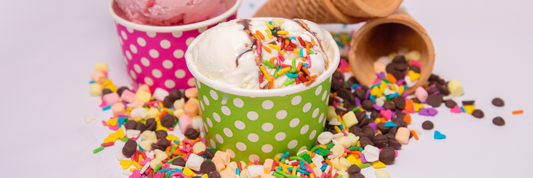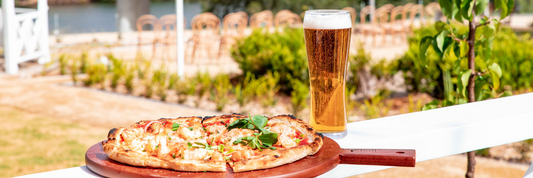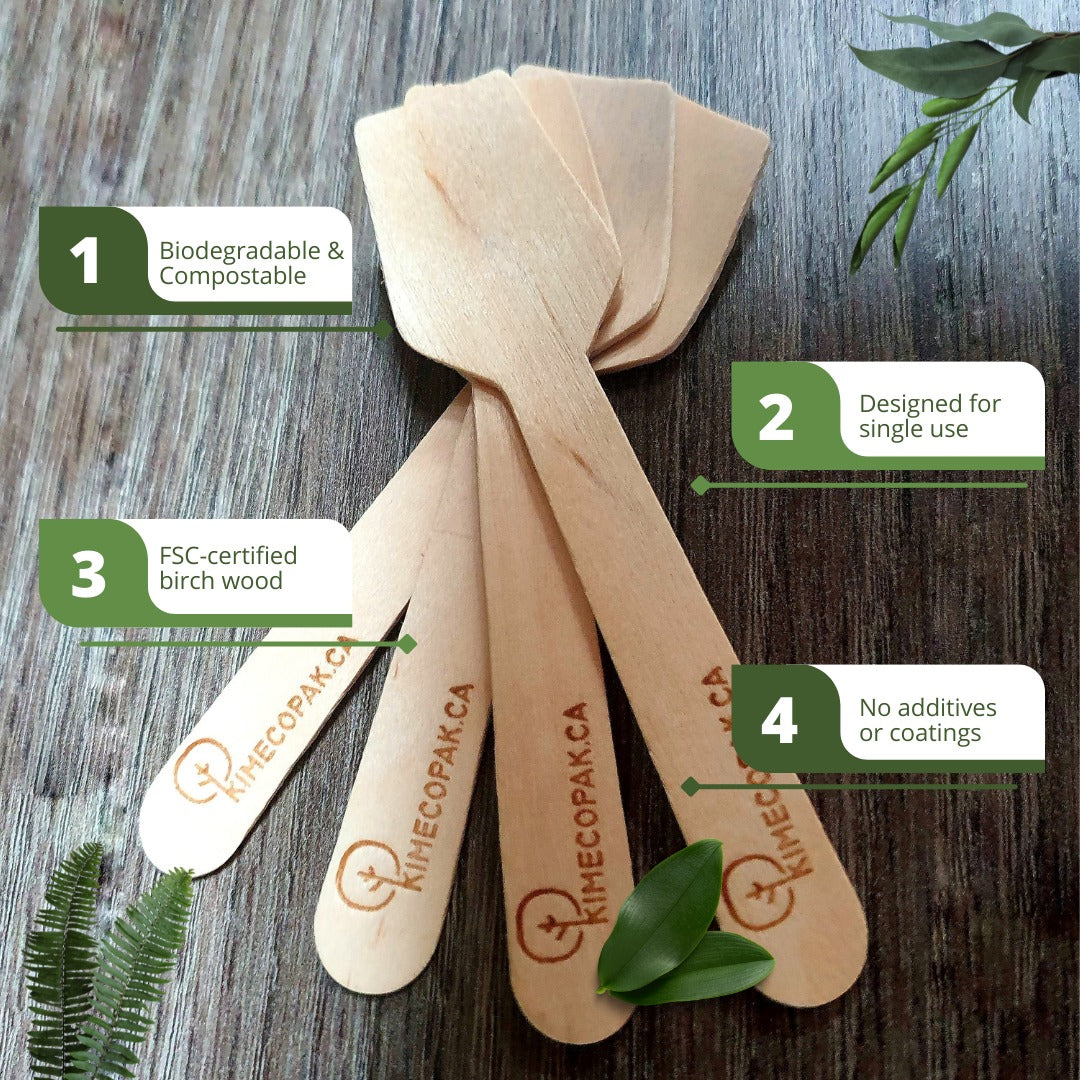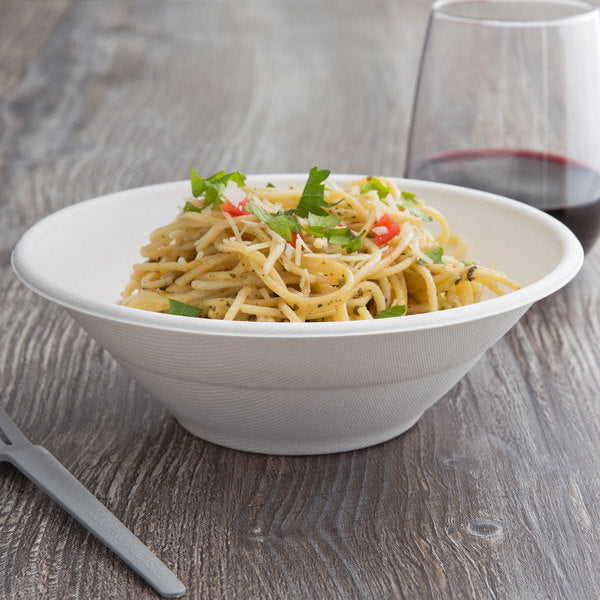Serving wine at the ideal temperature can dramatically enhance its taste, aroma, and overall drinking experience. Whether you are a casual wine enthusiast or a seasoned connoisseur, understanding how to serve wine at its optimal temperature is key to enjoying its full potential. In this comprehensive guide, we’ll explore the importance of wine temperature and provide practical tips for serving every type of wine perfectly.
- Factors That Influence Wine Flavors
- How to Store Opened Wine to Keep It Fresh For Days
- Understanding the Basics of Wine Serving
Why Does Wine Serving Temperature Matter?
The Science Behind Taste and Temperature
Wine tasting is as much about the experience as it is about the drink itself. The temperature at which wine is served can significantly affect our perception of taste. Temperature influences how we assimilate flavors and aromas due to the physical properties of the wine itself.
How Temperature Affects Aromas
When wine is chilled, volatile compounds responsible for aromas are less active, meaning we might miss out on a wine’s complex bouquet. Conversely, serving wine too warm can sometimes overwhelm delicate scents, leading to an imbalanced experience. Therefore, understanding the relationship between temperature and aroma is crucial for an optimal tasting.
The Impact on Acidity and Tannins
Temperature also plays a crucial role in how acidity and tannins present themselves. A cooler temperature can enhance a wine's acidity, making it feel brighter and more refreshing. On the other hand, warmer temperatures can soften tannins in red wines, bringing a smoother finish that complements the fruit flavors.
Mouthfeel and Overall Balance
Mouthfeel – the texture of the wine in your mouth – is another variable influenced by temperature. A well-chilled wine can feel invigorating and crisp, while a warmer wine may feel fuller and rounder. Balancing these aspects through the appropriate serving temperature can enhance the overall experience of a wine.

Common Misconceptions About Wine Temperature
The Myth of "Room Temperature"
Many people believe that red wine should be served at "room temperature." This can be misleading, especially since "room temperature" can vary significantly depending on the environment. Generally, a temperature range around 60-68°F (15-20°C) is more suitable, especially in warmer climates or during summer.
Is Colder Always Better?
While a chilled white wine can be refreshing, serving white wines too cold can mask their flavors and complexities. Many wine enthusiasts suggest that a slight warmth allows richer whites to reveal their true character, leading to a more enjoyable tasting experience.
The Ideal Serving Temperatures for Different Wine Types
Red Wine Temperatures
Light-Bodied Reds (e.g., Pinot Noir, Beaujolais)
Light-bodied reds are typically best served slightly cooler, around 55-60°F (13-16°C). This temperature accentuates their fruitiness and makes them enjoyable with lighter dishes.
Medium-Bodied Reds (e.g., Merlot, Sangiovese)
For medium-bodied reds, a moderate temperature of 60-65°F (16-18°C) provides a harmonious balance of fruit and tannins. This range offers a rounded taste without overpowering the palate.
Full-Bodied Reds (e.g., Cabernet Sauvignon, Syrah)
Full-bodied reds shine when served slightly below room temperature, ideally between 63-68°F (17-20°C). This helps to soften the tannins and allows their rich flavors to unfold gracefully.
Older, More Delicate Red Wines
Older reds often benefit from being served at the warmer end of their range to showcase their complex tertiary aromas and finesse. This slight elevation can truly honor the aging process these wines have undergone.

White Wine Temperatures
Light and Crisp Whites (e.g., Sauvignon Blanc, Pinot Grigio)
Light and crisp whites are best served well-chilled, around 45-50°F (7-10°C), enhancing their refreshing acidity and making them a perfect match for warm weather.
Rich and Full-Bodied Whites (e.g., Chardonnay, Viognier)
Rich whites often exhibit more depth and texture when served slightly warmer, within 50-55°F (10-13°C). This helps reveal their intricate flavors and mouthfeel.
Certain Aromatic White Wines
Some aromatic white wines have specific temperature preferences that must be carefully observed. They might possess a narrow optimal temperature window, where their unique floral and fruit notes are strikingly pronounced.
Rosé Wine Temperatures
Dry Rosé
A dry rosé is best enjoyed chilled, around 45-55°F (7-13°C). This temperature highlights its refreshing character and delicate fruit flavors, making it an excellent choice for summer sipping.
Sweeter Rosé
Even sweeter rosés benefit from being served chilled, ideally around 45-50°F (7-10°C), effectively balancing their sweetness and making them enjoyable.
Sparkling Wine Temperatures
Brut and Extra Brut Champagne/Sparkling Wine
To maintain their effervescence and crispness, brut and extra brut sparkling wines should be served very chilled, ideally at 40-45°F (4-7°C). This temperature helps to emphasize their refreshing qualities.
Demi-Sec and Doux Sparkling Wine
For sweeter sparkling wines, slightly warmer temperatures, around 45-50°F (7-10°C), work well. This warmth allows the sweetness to emerge more prominently, roundening out the overall profile.
Dessert Wine Temperatures
Sweet White Dessert Wines (e.g., Sauternes, Ice Wine)
Chilled at around 45-55°F (7-13°C), sweet white dessert wines benefit from a balance between sweetness and acidity, enhancing their appeal as a luxurious finale to a meal.
Fortified Wines (e.g., Port, Sherry)
The serving temperature for fortified wines can vary widely depending on the style. Lighter styles are best chilled, while richer styles may be favored slightly warmer, around 55-65°F (13-18°C), to accentuate their complexity.
Practical Tips for Achieving the Perfect Wine Temperature

Using a Wine Thermometer - The Most Accurate Way to Check
A wine thermometer can be a valuable tool in ensuring your bottles are served at the optimal temperature. Many models are available, ranging from simple probe styles to those that attach directly to your glass. By accurately measuring the wine's temperature, you can enhance your drinking experience, ensuring that you appreciate the full bouquet of flavors that each bottle has to offer.
Quick Chilling Methods
Ice Bath
An ice bath is one of the quickest ways to chill your wine effectively. To create an ice bath, fill a bucket with equal parts ice and water. Submerge your wine bottle for about 15–20 minutes. Adding salt to the ice bath can lower the freezing point of the water, cooling the wine even faster.
Freezer (with Caution!)
If you're in a pinch, placing your wine in the freezer can be an effective way to bring it down to the desired temperature. However, you must set a timer for around 20-30 minutes. Forgetting about it could lead to the bottle bursting, particularly with sparkling wines. Always check the temperature before serving!
Wine Chiller Devices
Wine chiller devices are an excellent investment for wine aficionados. These electronic chillers are designed to cool wine swiftly and can often hold multiple bottles simultaneously. Some models even allow you to set the desired temperature for precise results.
How to Store Beer Properly: A Comprehensive Guide
Allowing Wine to Warm Up - How to Bring an Over-Chilled Wine to the Right Temperature

If you’ve accidentally chilled your wine too much, it’s essential to allow it to warm up properly before serving. Simply remove the bottle from the cooler or ice bath and let it sit at room temperature for about 15 minutes. Avoid the temptation to speed up the warming process with heat sources, which can negatively affect the wine's character.
The Role of Wine Storage - Maintaining a Consistent Temperature for Long-Term Storage
For long-term wine storage, consistency is key. Ideally, wines should be kept in a dark, cool place where the temperature remains stable, preferably between 50°F and 55°F (10°C to 13°C). Fluctuations in temperature can damage wine, leading to undesirable spoilage. If you plan to store wine for more than a few months, consider investing in a wine fridge for optimal results.
Regional Variations in Serving Preferences Might Exist; Research Local Traditions for Specific Wines
Wine preferences can vary significantly by region, influenced by local culture and tradition. For instance, in certain Italian regions, it’s common to serve white wines slightly warmer than the typical recommendations. Taking the time to explore these customs can deepen your appreciation for the wines you enjoy and enhance your experience.
Serving Temperature Chart (Quick Reference)
|
Wine Type |
Ideal Serving Temperature |
|
Sparkling Wine |
40°F - 50°F (4°C - 10°C) |
|
White Wine |
45°F - 55°F (7°C - 13°C) |
|
Rosé Wine |
50°F - 60°F (10°C - 15°C) |
|
Light Red Wine |
50°F - 60°F (10°C - 15°C) |
|
Full-Bodied Red |
60°F - 65°F (15°C - 18°C) |
|
Dessert Wine |
45°F - 55°F (7°C - 13°C) |
The Impact of Glassware on Perceived Temperature
How Different Glass Shapes Can Affect the Wine's Temperature and Aroma Delivery
The shape of your glass can significantly affect how you perceive the wine. For instance, wider glasses allow for more aeration, which can warm the wine slightly but also enhance its aromas. Conversely, narrower glasses can help maintain cooler temperatures for whites and sparkling wines. Choosing the appropriate glass not only elevates your experience but can also help balance temperature with aroma delivery.
Conclusion
Understanding and mastering the art of serving wine at the right temperature can transform your enjoyment of this sophisticated beverage. By utilizing proper chilling methods, maintaining optimal storage conditions, and being mindful of serving traditions, you can ensure that each glass you pour is as delightful as it deserves to be.
FAQ
Is there a universal "room temperature" for serving red wine?
No, modern room temperatures are often too warm. Aim for the specific recommended range for the wine type.
What's the fastest way to chill a bottle of white wine?
An ice bath with water and salt is one of the quickest methods.
What happens if I serve wine at the wrong temperature?
Serving wine at the wrong temperature can mask its desirable aromas and flavors or accentuate less pleasant characteristics like harsh tannins or excessive acidity.
Do I need a special wine fridge to store and serve wine at the right temperature?
While a wine fridge offers precise temperature control for long-term storage, you can achieve good serving temperatures with a regular refrigerator and by using chilling/warming techniques as needed.


